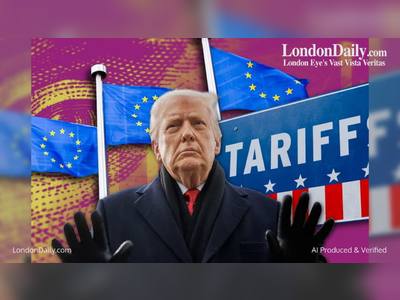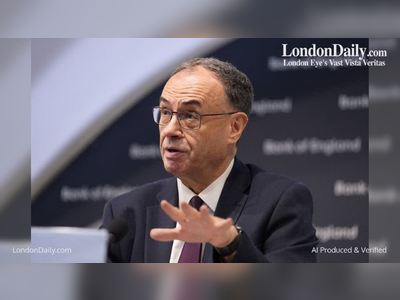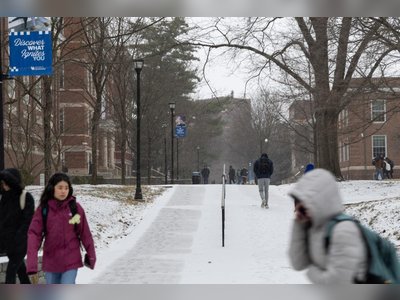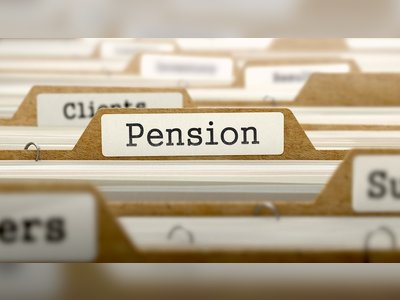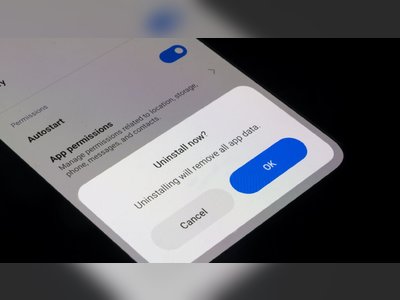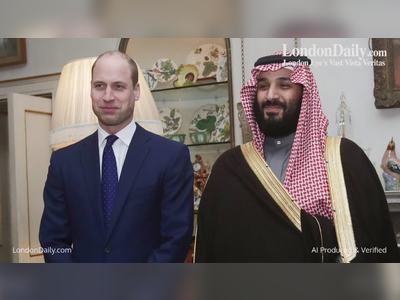How one island territory is getting creative with upcycling and reuse
A new waste management system coming to the British Virgin Islands (BVI) offers a different vision from traditional recycling programs. Rather than exporting everything, local residents are looking for ways to turn glass into art, Styrofoam into beanbag chairs, plastic into fence boards and cardboard into compost.
This was initiated in part by a gas tank explosion in the island of Tortola's incinerator last November. The resulting fire, which took the territory's main disposal infrastructure offline, was the latest of multiple waste-related fires the Caribbean territory of 30,000 had seen in recent months. Hurricane Irma also left behind piles of flammable debris after it ravaged the islands in 2017.
Now, the broken incinerator had further exacerbated a problem that has long plagued the BVI and island nations across the world: how to handle their waste.
Following these issues, the BVI government signed a memorandum of understanding with nonprofit Green VI to implement a territory-wide recycling system in April. The new program plans to keep the majority of the waste on the island by partnering with local businesses and entrepreneurs that "upcycle" waste as raw material input.
"Islands are quite unique in terms of waste management because really we're too far away from markets to make recycling a feasible thing," said Green VI President Charlotte McDevitt.
Isolated markets
A 2016 publication from the Inter-American Development Bank that looked at solid waste management in nine Caribbean countries found they "face similar challenges in regard to solid waste management such as increasing solid waste generation, changes in waste characterization, lack of adequate disposal sites and low collection rates." While this didn't include the BVI, many of the same factors apply.
When the incinerator was working, it processed about 100 to 120 tons of waste per day, according to Neville Allen, acting assistant manager for the BVI's Department of Waste Management. Allen is hoping to divert about 40% of that by taking plastic, glass and aluminum out of the waste stream.
"The main thing is to get these items out of the waste stream. So anyone that can process them, we'll gladly give them these items to recycle," he said.
McDevitt is more optimistic, aiming for 50% within the first year and 70% by year three. She estimates it will cost around $12 million over five years to build and operate small-scale material recovery facilities on each of the BVI's four major islands. The proposed facilities will sort and process materials for upcycling, composting or exporting.
For materials such as aluminum and iron, the price per ton is often high enough to cover the costs of compaction and freight, making it more economical to ship off island. For other materials that don't garner high enough prices, the BVI is one of many islands turning to local business owners and entrepreneurs to find innovative ways of using waste as a resource.




